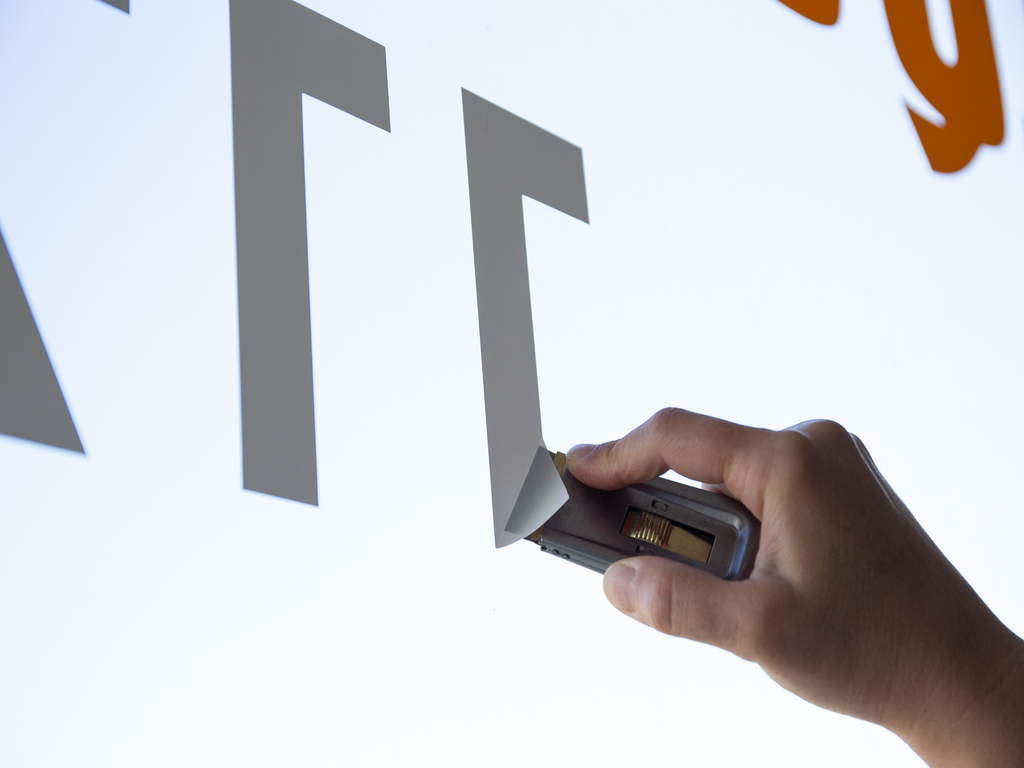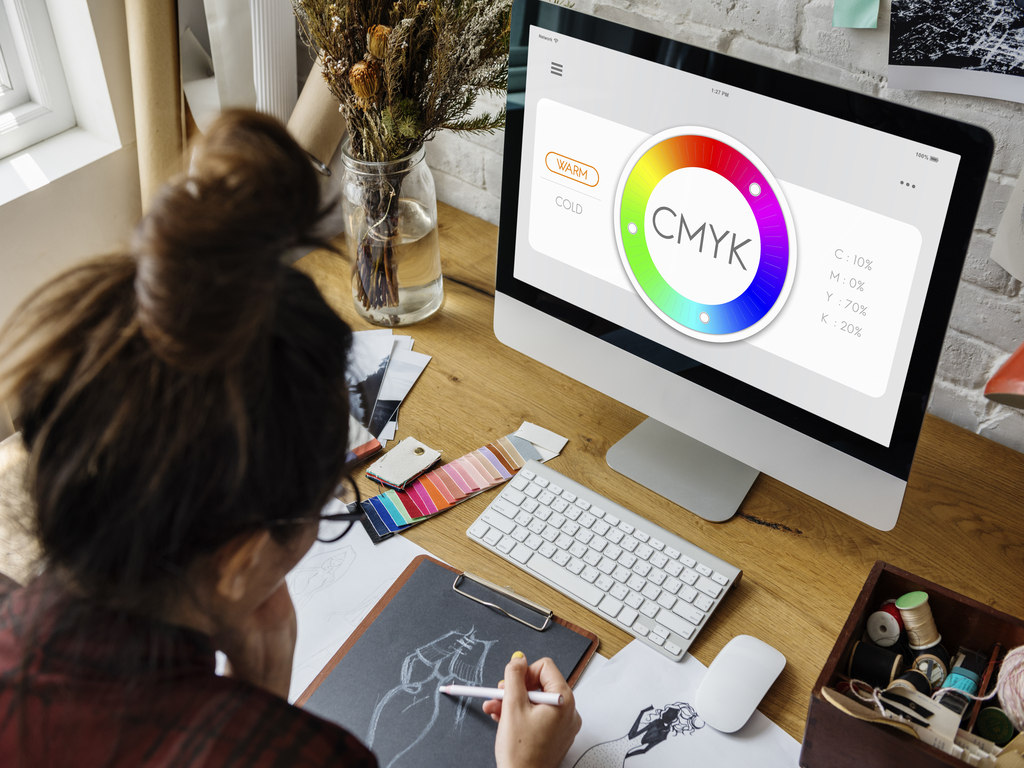What Material Can You Sublimate On
Sublimation, a versatile printing technique, allows for the transfer of vibrant and high-quality designs onto various materials. In this article, we’ll delve into the world of sublimation and explore the diverse range of materials that can be used for this fascinating process.
How Sublimation Works?
Sublimation is a unique printing process that harnesses the transformative power of heat and pressure. It begins with a specialized ink, typically composed of sublimation dyes, which has the remarkable ability to transition from a solid to a gas without passing through a liquid phase. This occurs when the ink is subjected to heat, usually in the presence of a heat press. The high temperature causes the ink to transform into a gas, allowing it to permeate the surface of the material being sublimated.
The magic happens when the gas cools down and solidifies within the material’s fibers, creating a permanent, high-resolution image. This method ensures that the design becomes an integral part of the material rather than merely resting on its surface. The result is a vibrant, durable, and intricately detailed print that withstands washing, fading, and general wear, making sublimation a preferred choice for creating personalized and long-lasting items on a diverse range of materials.
What Material Can You Sublimate On?
Sublimation is a versatile printing technique that thrives on materials with a polymer coating or a high polyester content. This opens up a wide array of possibilities for creating personalized and vibrant items. Polyester fabric stands out as a preferred choice for its molecular structure that allows optimal ink absorption, making it ideal for custom apparel and promotional products. Beyond textiles, sublimation works wonders on surfaces like wood, creating a harmonious blend of intricate designs and natural textures. Understanding the compatibility of materials with sublimation expands the horizons of personalized and visually stunning creations across various industries.
100% Polyester
Polyester fabric is one of the most popular choices for sublimation. Its molecular structure allows for optimal ink absorption, resulting in vibrant and long-lasting prints. This makes it a preferred material for custom apparel, sports jerseys, and various promotional items.
Felt
Felt, a non-woven fabric, is another material suitable for sublimation. It absorbs and retains color well, making it ideal for personalized crafts, banners, and decorative items.
Wood
Sublimation on wood has gained popularity for its ability to showcase intricate designs while retaining the natural beauty of the wood grain. Wooden photo frames, plaques, and coasters are popular choices for this creative application.
Thermal Lamination Paper
Thermal lamination paper provides a smooth and receptive surface for sublimation. This process ensures that the ink adheres evenly to the material, resulting in high-quality and detailed prints.
Ribbon
Ribbons made from polyester or a polyester blend are perfect for sublimation. This allows for customization of ribbons for events, celebrations, or branding purposes.
Polymer Coated Hardboard
Hardboard coated with a polymer layer is an excellent canvas for sublimation. It provides a sturdy and smooth surface for detailed prints, making it suitable for creating personalized photo panels and signs.
Faux Leather
Faux leather, crafted from synthetic materials, is receptive to sublimation. This opens up possibilities for creating custom accessories, phone cases, and leather-like personalized items.
Nylon
Nylon is another synthetic fabric that responds well to sublimation. It is commonly used for sportswear, bags, and accessories due to its durability and vibrant print results.
Vinyl
Sublimation on vinyl allows for customization of various items such as decals, stickers, and labels. The process results in vivid and durable prints suitable for both indoor and outdoor applications.
Acrylic
Acrylic surfaces, when coated with a polymer layer, provide a sleek and modern canvas for sublimation. This is often used for creating personalized photo blocks, awards, and signage.
Cotton
While sublimation traditionally works best on synthetic materials, advancements have been made to allow for sublimation on cotton. Special coatings or treatments are applied to the fabric to enhance ink absorption.
Rayon
Rayon, a semi-synthetic fabric, can also be sublimated with proper coatings. This opens up possibilities for unique and comfortable sublimated clothing items.
Conclusion
Sublimation offers a world of creative opportunities on a variety of materials, each with its own unique characteristics. From textiles like polyester to unconventional surfaces like wood and acrylic, understanding the compatibility of materials with sublimation allows for the creation of personalized and vibrant products across different industries. Experimenting with these materials will unveil endless possibilities for your sublimation projects.




